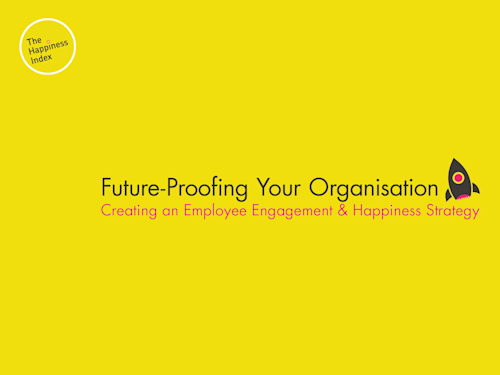
Creating an Employee Engagement AND Happiness Strategy
For some, comparing variables is something you will instinctively start to do. Particularly if you’re using our intuitive platform which empowers you to delve deeper into your data with a click of a button. For more context on what variables are, check out our guide to data terms for HR people.
If you need some inspiration, or insights into where you should be looking, we’ve got you covered:
This is a particularly powerful variable to look at. This is because targeted solutions can be implemented in specific locations. A blanket approach might be what’s causing problems. In this case, you can tailor your approach to the individuals at each location.
Often we find that different locations might serve different purposes within an organisation. For example, the needs of colleagues on a shop or factory floor might be very different to those in head office. Creating bespoke solutions for these different locations will help support your overall culture.
We typically see that head office locations score higher overall in surveys than others. Another common place where we see differences is across counties. This is because of cultural differences impacting survey scores.
Even after filtering your data for location, you might not be able to get to the root cause of the difference. In this case, you could send a follow up deep dive survey in a particular neuroscience area. This could be shared only with the location affected to give greater insight.
We often see customers using demographic data to dive deeper into their survey responses. This is a particularly rich area for exploration if you’re looking at Diversity Equity & Inclusion (DE&I) themes. Common demographic data we use include gender and generation, but our filters can be customised based on your needs.
Once you’ve identified differences, the solutions can be sought which will help address discrepancies or build on successes. These can be targeted more specifically based on your data.
When analysing data in our platform we typically see women score higher than men. Although the reasons for this vary from organisation to organisation, having this knowledge can help when designing programmes and initiatives.
HR professionals are sometimes concerned that using demographic data will mean their people won’t answer honestly. Building trust with your wider team by showing what the data will be used for and how it is anonymised will minimise this.
By looking at departments specifically you can build accountability with specific managers or team leaders. This should be done within a wider strategy, and a supportive atmosphere. In our experience it can be very effective for performance of teams and development of managers.
It might be that you’re able to take a solution that’s working well in one of your departments and move it to another team. This is something that your HR team can facilitate. They can share best practices and successful initiatives from other departments or teams.
We sometimes find customers are keen to drill too deep into their department. We would not recommend going into sub-department or highly specific teams. These small groups are more likely to be volatile in their feedback and won’t provide accurate data.
This is a variable people often don’t consider. However, the length of an employee's service can have a big impact on their engagement and happiness. This is why we include it as standard in our dashboards.
This might be a variable you take into account with other variables such as age and department. This will help you to understand the impact of any changes you have made across different groups.
We often see that newer employees, particularly those who have been with the company for less than two years, tend to score higher than longer-serving employees. This may be linked to burnout, but it could also have to do with opportunities for progression. Being able to monitor this data can be really powerful.
We recommend not looking at too many variables at the same time. This is because it can make your data less clear.
If you dive too far into variables you may be at risk of breaking anonymity. Our platform helps protect from this by not showing groups of smaller than five responses.

Linked to Engagement in our neuroscience methodology... learn more
The Happiness Index helps organisations measure the key employee engagement AND happiness drivers to power their people strategy.
Our unique platform offers the products, insights and tools to shine a light on your cultural health and empower management to drive thriving cultures.
Our neuroscience-based pre-built surveys measure the full employee experience - from onboarding to exit to empower and enable organisations to understand their people and create data-led action plans.